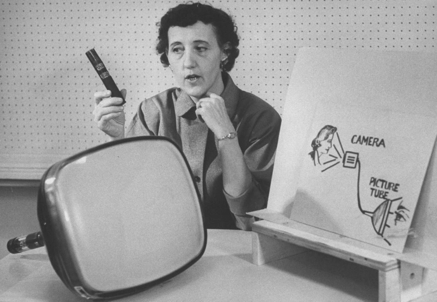The other day I met a friend’s extended family over dinner, including their two sons of about middle school age, and we all had a discussion about young people’s use of technology. Some pundits argue that young people do not have standards of privacy at all in the digital age. In spite of this, studies find that youth do care about privacy but perhaps in ways that are different from adults – for example, they prefer to be visible online to peers and some public audiences but not always to parents and other family members. Over the course of dinner, however, I realized that researchers occupy a complicated position between adults and the youth they study. Parents assert the need to control standards of privacy for their children, and researchers could, accidentally, jeopardize young people’s private spaces by exposing them to their families in ways that may not encourage real dialogue.
I sat myself closer to the youth during dinner because I enjoy talking with them. Interaction habits for youth ethnographers are sometimes hard to shake; I tend to see myself as no different from the youth I interview. I sat back in my chair, relaxed, and avoided words like “kids” so to avoid creating a boundary between me and them, adult and child, and make them less comfortable. Although they seemed shy at first around new people, I tried to put them at ease by asking about school, sports, and video games. Soon enough we were happily talking about the Xbox One and social gaming and they seemed much more relaxed. Mission accomplished.
An hour into dinner their parents asked about my research. I said that I study how youth think about privacy and how it informs their uses of new technologies. When they probed further about my dissertation, I said that I’m hanging out with teachers, parents, and youth to try to understand the different influences on how technologies are taken up by young people in the longer term. Usually conversations about my research interests last just a couple of minutes, if not seconds. But the dinner table soon turned into a lively and concerned discussion about technology addiction among children. I enjoy these kinds of dialogues, and try to interject with research findings to anchor the debate. At one point, someone asserted that young people are too hooked on Facebook. I explained that recent studies have actually found that youth are less engaged with Facebook and have shifted their attention to other platforms like Snapchat and Instagram because, in part, they can find a place with their peers away from parents.
“Really?” said one adult at the table. Another looked at the boys and said, “Do you both use Snapchat?” All eyes turned to the youth and they reverted to being shy again.
In that moment I realized that, in a way, I had betrayed them.
Although research about youth practices with new media platforms is public, I was the person who wielded those findings at the family dinner table. In doing so, I had — even if it was just a little bit — breached tacit understandings of privacy and trust among youth and their habits with technology. Based on my work and my understanding of current research, I do not think most youth are addicted to technology. I also think that many kinds of tech uses and gaming experiences can be educational and highly prosocial. And, as a youth ethnographer and social constructivist, I do not believe that adults are so different from youth: everyone deserves their own private spaces with friends. Yet, by talking about my research at that dinner table, I invoked a discussion that turned the boys into collective research subjects without their permission. Youth share information about themselves in quasi-public ways: they enjoy visibility online to peers but prefer to be obscured from the vision of parents and other family members. They currently use new media platforms like Snapchat and Instagram to hide in plain sight, so to speak, and hang out and socialize with friends. Their online practices with peers are done away from the watchful eyes of some adults because they need spaces to more autonomously play and grow as people. This dinner conversation made those spaces just a little less private.
While I think my impact during dinner was minimal — youth are pretty smart and are capable of finding and maintaining safe spaces online to hang out with their friends — I am trying to think more critically about my role as a tech researcher who wants to support young people. My data, including frequent observations of classrooms and school life, online contexts where youth interact, and interviews with teachers, parents, and youth, positions me to reflect on actual technology behaviors exhibited by young people and the impacts that teachers, family, and peers have on those practices. Parents clearly want and need more informational tools to best support their children. But putting youth at ease through thoughtful respect of their privacy is necessary to having thoughtful dialogue about technology not just about them but with them.
 Matt Rafalow is a Ph.D. student in Sociology at University of California, Irvine, studying intersections of technology, youth, and social inequality. Web site | Twitter
Matt Rafalow is a Ph.D. student in Sociology at University of California, Irvine, studying intersections of technology, youth, and social inequality. Web site | Twitter


